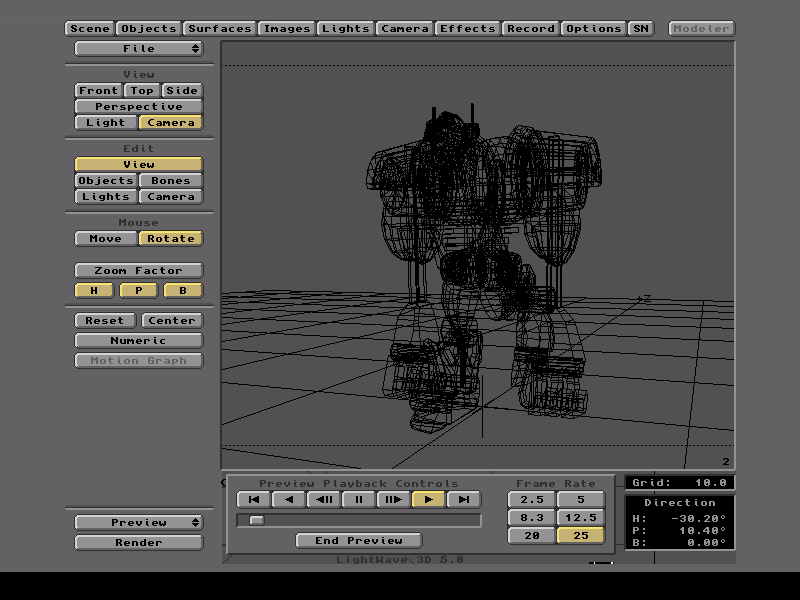

LightWave was used to create special effects for the television series Babylon 5, Star Trek: Voyager, Space: Above and Beyond, seaQuest DSV, Lost, and Battlestar Galactica. The program was also utilized in the production of Titanic as well as Avatar, Sin City, and 300. The short film 405 was produced by two artists from their homes using LightWave. In the Finnish Star Trek parody Star Wreck: In the Pirkinning, most of the visual effects were done in LightWave by Finnish filmmaker Samuli Torssonen, who produced the VFX work for the feature film Iron Sky. The film Jimmy Neutron: Boy Genius was made entirely in LightWave 6 and messiah:Studio. In 2007, the first feature film to be 3D animated entirely by one person made its debut, Flatland the Film by Ladd Ehlinger Jr. It was animated entirely in LightWave 3D 7.5 and 8.0. In its ninth version, the market for LightWave ranges from hobbyists to high-end deployment in video games, television and cinema.
#Amiga lightwave 3d update#
NewTek shipped a 64-bit version of LightWave 3D as part of the fifth free update of LightWave 3D 8, and was featured in a keynote speech by Bill Gates at WinHEC 2005. On February 4, 2009, NewTek announced "LightWave CORE" its next-generation 3D application via a streamed live presentation to 3D artists around the world. It featured a highly customizable and modernized user interface, Python scripting integration that offered realtime code and view previews, an updated file format based on the industry standard Collada format, substantial revisions to its modeling technologies and a realtime iterative viewport renderer. It was planned to be the first LightWave product to be available on the Linux operating system.

#Amiga lightwave 3d software#
However, on June 23, 2011, CORE was cancelled as a standalone product and NewTek announced that the CORE advancements would become part of the ongoing LightWave platform, starting with LightWave 10 (which was originally LightWave HC, intended to be a transitional software system comprising the classical Layout and Modeler applications during the initial stages of CORE, in order to supply compatibility with the existing toolset for LightWave). On December 30, 2010, NewTek shipped LightWave 10.


 0 kommentar(er)
0 kommentar(er)
